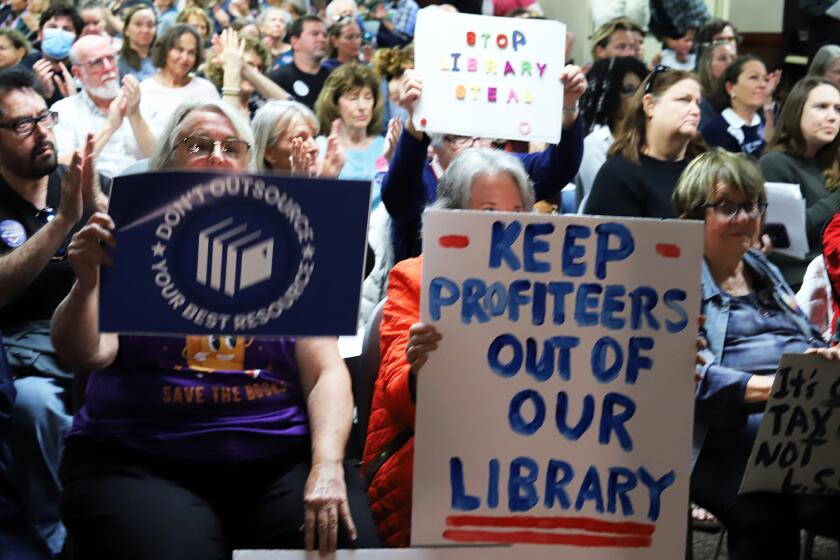Commentary: Liposarcoma and other ‘orphan diseases’ warrant research and attention
- Share via
You probably have never heard of liposarcoma. A form of soft tissue cancer that arises from fat cells, liposarcoma is so rare that the majority of physicians are only vaguely aware of the disease.
So when I tell people that I specialize in sarcomas – with a particular interest in liposarcoma – I get a lot of questions. Why would anyone dedicate his life to treating and researching something that affects so few people?
For specialists like me who handle “orphan diseases,” or diseases that affect fewer than 200,000 people a year, the ailments themselves are interesting. And the patients are incredible.
Brave and resilient, the people who undergo these surgeries that can be extremely challenging, represent nearly every demographic. Liposarcoma affects fat cells, but it has nothing to do with being fat or eating fatty foods. It doesn’t affect one race or ethnicity more than another; it doesn’t target people by gender or age.
It just happens. And when it does, it hijacks your body. Because liposarcomas typically start in the back of the abdomen and can develop without symptoms, they can often present as massive, watermelon-size tumors that touch almost every organ in the abdomen. Some liposarcomas, called dedifferentiated liposarcoma, are high-grade tumors that can grow aggressively.
Removing them takes a team of specialists who rotate through the operating room, each lending their specific expertise to a painstaking procedure designed to remove the tumor from the walls of vital organs and detangle them from arteries and veins, without causing injury. Unfortunately, sometimes we do have to remove organs and major vessels to get the tumor out completely.
The work itself is incredibly meaningful and the relationships I build with patients are like nothing else in medicine.
The National Institutes for Health reports that there are 30 million Americans who suffer from nearly 7,000 different rare diseases. When you are facing something as drastic as liposarcoma, you want to know that there are people around you who have seen this before and can help you.
At Hoag, I oversee and direct treatment of patients with sarcomas, including liposarcoma, performing surgeries at Hoag and at Keck Medicine at USC. Planning these surgeries in itself can be quite challenging and, in some ways, is like planning an event: We have to coordinate with several surgeons – vascular, hepatobiliary, etc. – in addition to my own surgery team and the anesthesia team, to ensure that every aspect of the surgery will go well.
Currently surgery is the only effective treatment, but it’s not good enough. Due to the nature of liposarcoma, we cannot safely remove enough tissue to get clean margins the way surgeons can in other cancers. This means that over the course of the patient’s life, the cancer is likely to come back, and additional surgeries will be necessary.
That is why I also work outside the operating room, researching liposarcoma to try to help develop a more effective treatment option. Currently I’m researching immunotherapy as a possible treatment, and I am an active part of an international group of collaborators focused on this dramatic disease.
I fantasize about the day that surgeries for liposarcoma are simple, small procedures, and that recurrence is rare. And I know that the small, but strong, group of people with this disease share in that dream with me.
When people ask medical professionals what motivates them to specialize in orphan diseases, these kinds of dreams help explain our passion. But for our patients, the answer is obvious. When you are diagnosed with a rare disease, you don’t want to be told you’re an anomaly. You want to be able to trust that your care is in experienced hands.
WILLIAM TSENG is a fellowship-trained cancer surgeon who specializes in sarcoma and melanoma, and serves on Hoag’s Sarcoma and Melanoma Programs, in addition to being on staff at Keck School of Medicine of USC.
All the latest on Orange County from Orange County.
Get our free TimesOC newsletter.
You may occasionally receive promotional content from the Daily Pilot.



